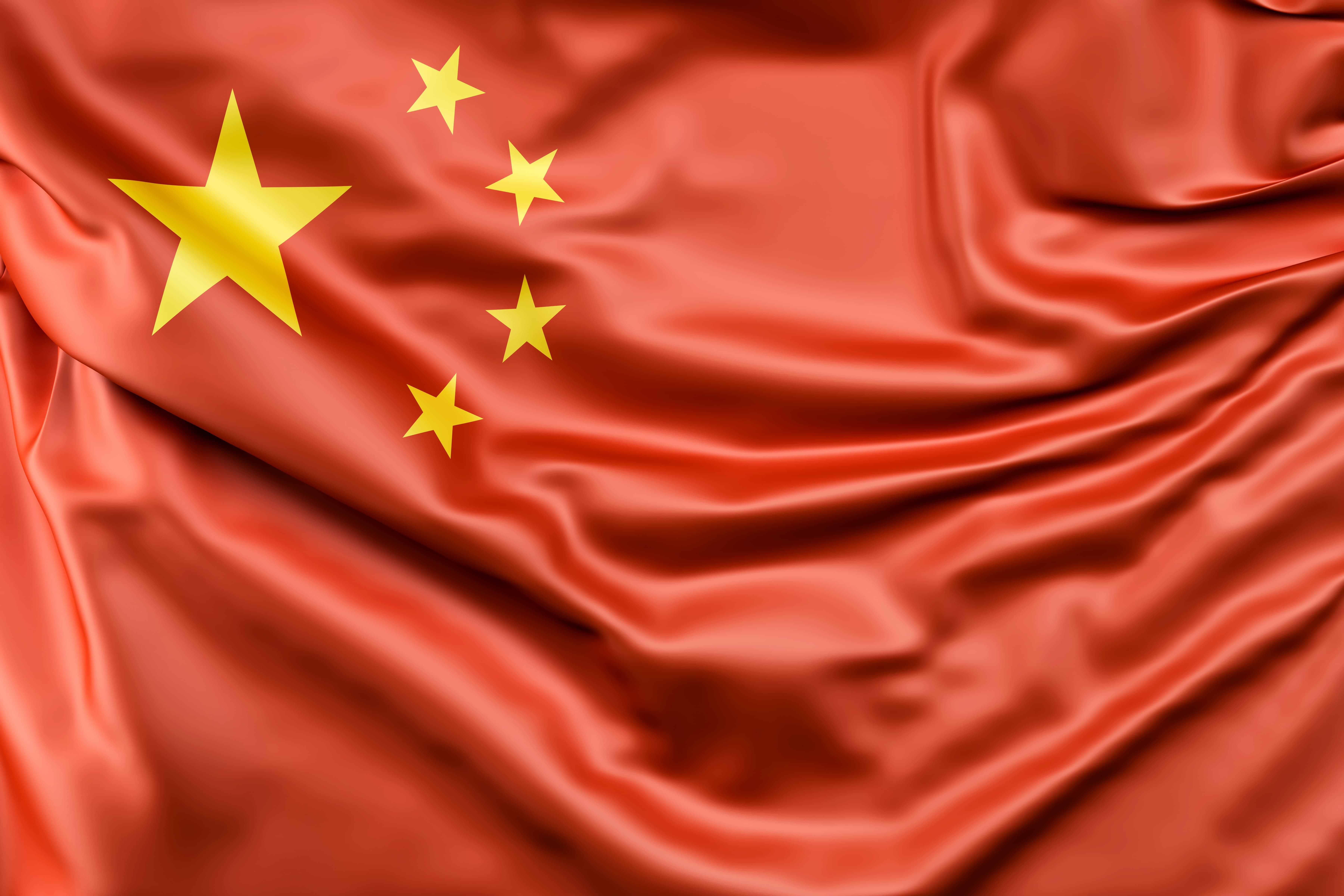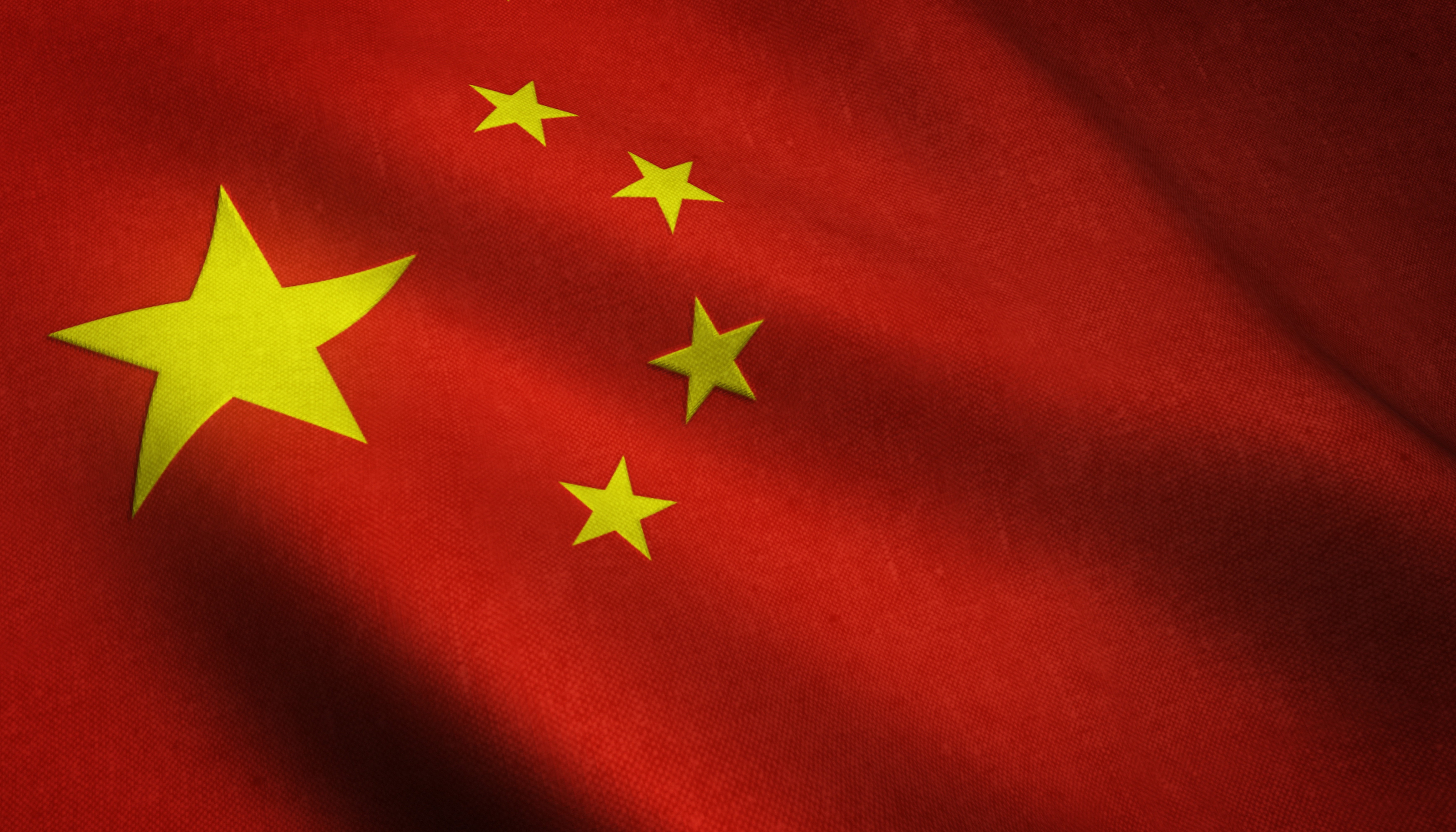China’s new K visa, aimed at foreign professionals in science and technology, has sparked heated debate and online backlash. The scheme, announced in August and launched this week, has been compared by Indian media to the US H-1B visa.
Tens of thousands of social media users in China have voiced fears that the programme will worsen job competition in an already difficult market. Comments also included xenophobic remarks, particularly directed at Indian nationals.
State media outlets have stepped in, defending the policy as a sign of China’s openness while stressing that it is not a simple work permit or immigration pathway. Officials say the visa is designed to attract graduates and researchers from top institutions in STEM fields.
The government has yet to clarify whether the visa allows foreign professionals to work, adding to uncertainty. Analysts note that language barriers, cultural differences, and China’s political environment may pose challenges for newcomers despite Beijing’s drive to attract global talent.
Would you like to learn more about AI, tech and digital diplomacy? If so, ask our Diplo chatbot!









